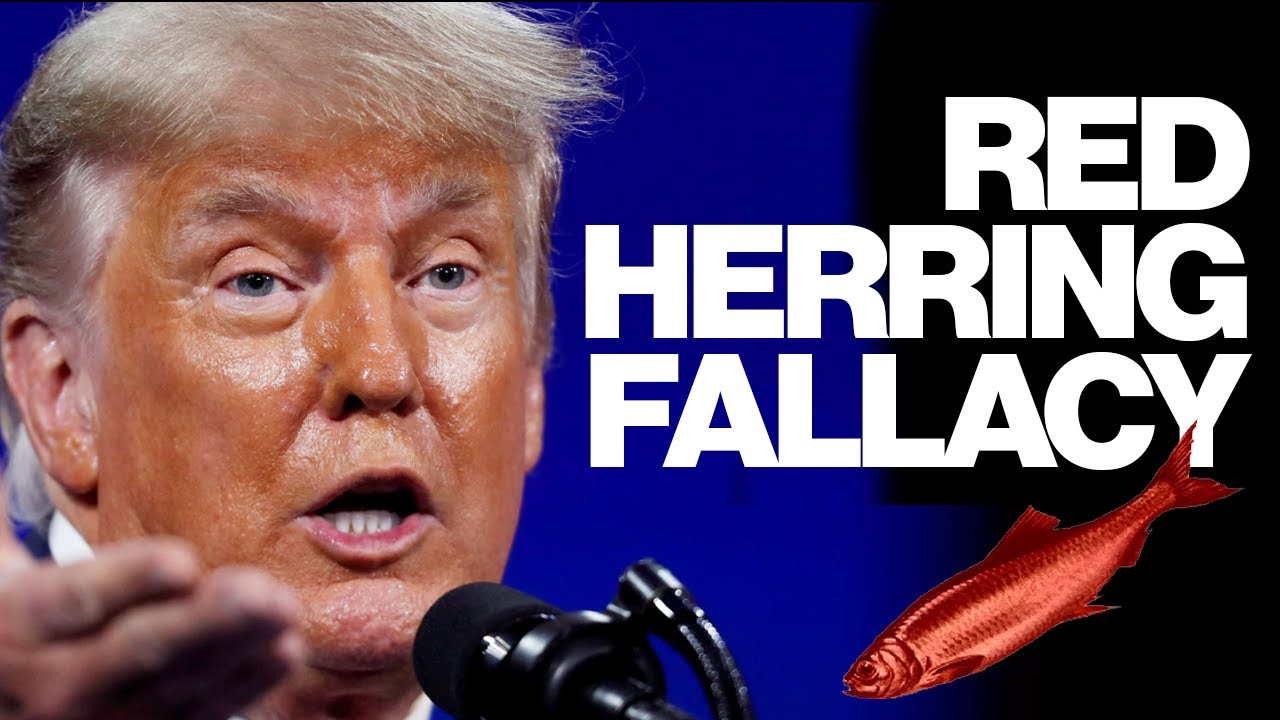Ah, the elusive red herring! This clever little trickster often pops up in movies, TV shows, and even our daily lives, pulling the wool over our eyes and leading us down the rabbit hole. It refers to a distraction or misleading clue that diverts our attention away from the main point. Whether we’re glued to a nail-biting thriller or deciphering complex relationships in a drama, red herrings inject that much-needed suspense and mystery, engaging our curiosity at every turn. So, let’s dive into seven captivating examples of red herrings that’ll keep you second-guessing everything you thought you knew!
Top 7 Red Herring Secrets That Will Keep You Guessing

1. The “Misdirection” of Fight Club
David Fincher’s Fight Club is a quintessential example of a red herring done right. At first glance, Tyler Durden dazzles with his charm and wisdom, leading you to believe he’s the ultimate guide for the protagonist. However, spoiler alert: he’s a figment of a troubled psyche! This jaw-dropping twist doesn’t just stop you in your tracks; it shifts your entire perspective on identity and reality. By the end, you’re not sure if you’ve watched a movie or cracked open a philosophical book. Talk about mind games!
2. The False Leads in The Sixth Sense
M. Night Shyamalan’s The Sixth Sense is a master class in red herrings. With each twist and turn, viewers are laser-focused on the layers of relationships and interactions surrounding child psychologist Malcolm Crowe. It’s not until the shocking revelation—Crowe is dead—that you realize the narrative’s clues felt like breadcrumbs leading you the wrong way. That twist flips the entire story on its head, leaving the audience questioning everything they thought they’d pieced together.
3. The Illusion of Clarity in Knives Out
If you think you can solve the mystery in Rian Johnson’s Knives Out right off the bat, think again! The character of Marta Cabrera plays a pivotal role in the murder investigation of Harlan Thrombey. Along the way, numerous clues point fingers at others while cleverly concealing the real murderer. Every character has a secret, and as the plot unfolds, you’re left reeling from unexpected revelations about family dynamics and moral boundaries. It’s a red herring buffet—infuriating and totally addictive!
4. The Subtle Deceptions in Killing Eve
Talk about a cat-and-mouse chase! Killing Eve, crafted by Phoebe Waller-Bridge, uses red herrings to deepen its engaging storyline. Each season introduces new faces that seem like they could play pivotal roles in capturing the elusive Villanelle. Just when you think you’ve figured it out, the characters’ true motivations throw you for a loop. This show has you scrutinizing every character’s loyalty and commitment, which makes for exhilarating binge-watching!
5. The Strategic Distractions of Westworld
Entering Westworld is like stepping into a philosophical maze. Created by Jonathan Nolan and Lisa Joy, this show uses red herrings to dissect themes of consciousness and free will. Characters like Bernard Lowe and Maeve Millay face layers of misleading information that challenge their existence. Each plot twist provides an option of multiple truths, keeping viewers questioning the nature of humanity and the essence of their choices. Talk about existential dread, right?
6. The Mysterious Misguidance of Search Party
In Search Party, the bizarre journey of friends investigating a missing student is rife with red herrings. Throughout its progression, the narrative throws out misleading clues and side plots, distracting both viewers and the characters from the core mystery. This series lays bare the ridiculousness of obsession and human behavior, revealing deeper themes of identity crises woven into its comedy. It’s like watching a train wreck—hard to look away and endlessly fascinating.
7. The Artistic Ruse in Scream
Wes Craven’s Scream redefined the horror genre while using red herrings to keep us guessing. Characters like Billy Loomis and Stu Macher lead us down a twisted path, dragging both the protagonist and the audience through an intricate web of clues about the identity of the killer. With self-aware humor and rich references to classic slasher tropes, Scream continuously subverts expectations. By the time you reach the shocking final reveal, you’ll be left questioning your assumptions about horror itself!
Deconstructing the Influence of Red Herrings
Grasping the significance of red herrings enriches our cinematic and television experiences. These crafty devices amplify suspense and keep us engaged, leading us to analyze every morsel of detail presented. As explored in both films and series, red herrings serve not just as plot mechanisms but also mirror deeper human themes of perception and understanding. They push us to reconsider assumptions and encourage a richer engagement with the narratives we consume.

Final Thoughts
Red herrings possess an enduring ability to confound and intrigue, drawing audiences into narratives that often reveal more about themselves than the stories themselves. Whether embedded in cinematic masterpieces or lived experiences, these secrets remind us that there’s often more than meets the eye. The continual evolution of storytelling ensures that the thrill of the red herring will persist, leaving us perpetually at the edge of our seats. And the next time you think you’ve nailed down a plot twist, well, hold onto your hat—because things are about to get a whole lot more interesting!
Don’t forget to check out more engaging content on some related topics, like the complete Jurassic World cast or the terrifying tale in Van Helsing. And if you’re craving a nostalgic look back, the Scooby-doo live action Movies will take you on a trip down memory lane. Want to dive deeper into the nuances of storytelling? Make sure not to miss the intriguing analysis on 10 Cloverfield Lane and the unique perspectives revolving around the concept of Carcinoembryonic antigen. Plus, for sports and film crossover stories, learn how Buck Showalter’s journey intersects through the world of cinema here or find out about the bygone days of Philips Time in This article. Enjoy the thrill of exploration!
Red Herring: Secrets That Will Leave You Guessing
The Origins of Red Herring
Have you ever wondered where the term “red herring” came from? Interestingly, its roots trace back to 1800s England, where fish were often cured and smoked. The strong-smelling fish was reportedly used to mislead hounds during training, effectively creating a distraction from the true scent they were meant to follow. This clever diversion finds equivalent use in storytelling and mystery genres today, where clues can lead us astray. In fact, you’ll encounter many examples of red herrings in the works of great authors and filmmakers alike, similar to how James Franco’s roles often keep us guessing about which character he’ll embody next, adding layers of depth to his craft.
Red Herrings in Pop Culture
Red herrings pop up all over pop culture, especially in mysteries and thrillers. They keep viewers on their toes, ensuring that the plot twists don’t come off as predictable. For instance, the classic whodunits often sprinkle misleading clues throughout to divert attention from the real culprit. Just like a stroll through the Robinson Nature center can unexpectedly lead you to beautiful discoveries, unraveling a plot can unearth red herrings that reveal much more than just the surface story. Some films go so far as to dive into meta commentary about red herrings themselves, adding a fun layer of irony for viewers to peel back.
The Art of Misdirection
Now, let’s talk about the art of misdirection in storytelling. Writers skillfully employ red herrings not just as a plot device but as a means to explore themes of truth and deception. This practice elevates the narrative, inviting audiences to question their assumptions. Picture this: a seemingly innocent character might cast suspicion elsewhere, all while hiding their true intentions. Just like those twists in movies featuring notable actors like Franco, the moment of revelation often leaves us reeling, pondering how we were led astray. Each of these elements—the clever diversion, the red herring—works in concert to keep the audience hooked and guessing until the very end.







